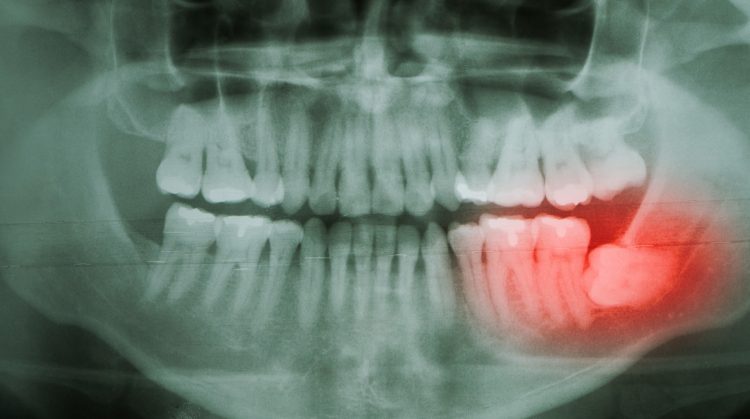
There’s a difference between being uncomfortable with the idea of visiting the dentist and deciding not to go until pain becomes unbearable. This is the line in the sand where anxiety becomes phobia. Many dentists across the nation have taken note of this huge obstacle to care for many patients and are making big strides at providing options for those who otherwise would never step foot in a dentist’s office.
Survey results of a poll conducted by The Health Policy Institute in collaboration with the American Dental Association found that among privately insured, high-income adults, 17.5 percent noted anxiety over visiting the dentist as their reasoning for not planning to see a dentist in the next 12 months.
Very little data exists to show just how much of the general population suffers from dental anxiety, and more specifically dental phobia, said Dr. Amy Norman, DDS, a leading dentist in Everett, Washington, who offers sedation dentistry at her practice for anxious or phobic patients.
“We do know that it is a major barrier to care for patients, regardless of the numbers,” she said. “At our practice, in addition to offering sedation, we also try to create an atmosphere that doesn’t feel like a dental office so people can forget the stereotypes that may induce those feelings of anxiety.”
At Norman’s office, fresh bread is baked each morning so it smells more like home when patients come in. The practice also offers personalized music stations and room temperatures and heated blankets to help keep patients comfortable.
Study Links Dental Phobia to Decay and Lost Teeth
A recent study published in the British Dental Journal confirms the wide-held belief that those with dental phobias are more likely to suffer from cavities, tooth decay or missing teeth. Researchers from King’s College London analyzed data from an Adult Dental Health Survey of 10,900 participants. They defined phobic as those whose dental anxiety had a marked impact on their well-being. Of the 10,900 participants, 1,367 were found to be phobic, and over 1,000 of those were female.
The results showed that the phobic patients in the study were more likely to be missing teeth and to have one or more teeth with decay. In addition, they reported their quality of life as it related to oral health was poor.
Sedation Dentistry May Offer Hope
It’s a vicious cycle Norman saw often at the beginning of her dental career.
“Before sedation dentistry, patients with anxiety or phobias didn’t really have any options. Many practices simply turned their backs and focused on the patients who were easier to treat,” she said. “It’s such a common concern, and those patients who are suffering absolutely deserve to have the care they need to be healthy and happy just like everyone else.”
Patients with anxiety or phobias that kept them from seeking care in the past would come into Norman’s office needing years of extensive work that would only continue the cycle of fear.
“With this anxiety or fear you don’t just come in needing a basic cleaning, you come in needing extensive work that often involves many of the tools that are at the core of the phobia,” Norman said. “This just continued the cycle of fear because coming in to seek help just led to the type of procedures they feared most.”
Sedation dentistry allows patients the opportunity to receive care, often without even remembering the procedure the next day. Different levels of sedation are offered depending on each patient’s needs.
“This allows us to maintain preventative care so they never have to come in again for such extensive work, or it allows us to do all of that extensive work in one sitting while the patient is under anesthesia so they don’t walk away traumatized as perhaps they did from their last provider,” Norman said.



